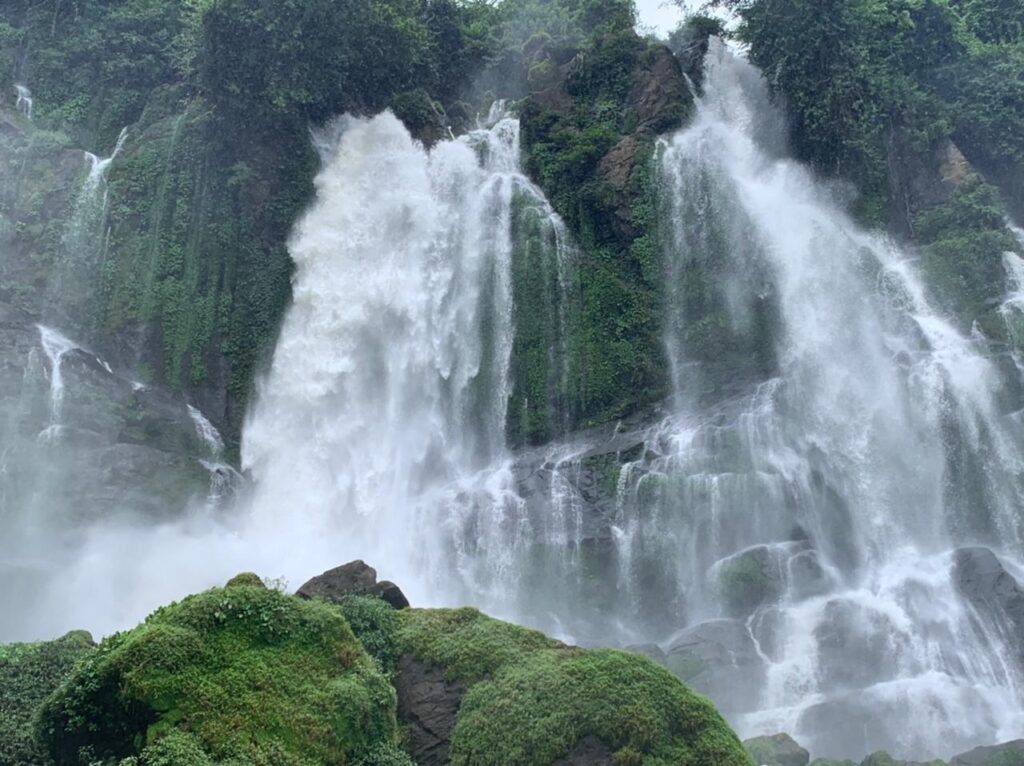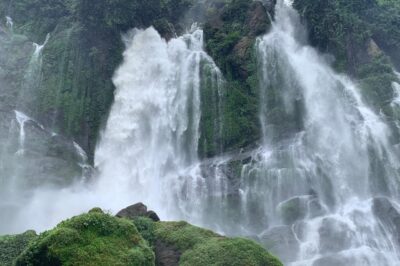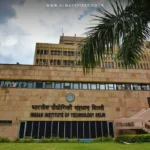
Introduction – In a significant move aimed at boosting tourism in India’s north-eastern states, the Union Government has approved an allocation of Rs. 800 crore for the development of iconic tourist sites across six states in the Northeast. This decision is a part of the government’s broader effort to harness the region’s tourism potential, attract domestic and international visitors, and foster economic growth in the area. The approval was granted under the Union Ministry of Tourism’s ‘Swadesh Darshan Scheme,’ which aims to promote sustainable tourism and infrastructure development in various parts of India, with a focus on enhancing visitor experiences and improving facilities.
The announcement has been welcomed by both the regional governments and the local population, as it is expected to create employment opportunities, improve infrastructure, and elevate the region’s profile as a top tourist destination. The Northeast, with its rich cultural heritage, natural beauty, and diverse ethnic communities, holds tremendous potential for becoming a major hub for eco-tourism, cultural tourism, and adventure tourism.
The Focus on Northeast India – The six north-eastern states earmarked for development under the Rs 800 crore initiative are Assam, Meghalaya, Nagaland, Mizoram, Tripura, and Arunachal Pradesh. These states have long been considered as some of India’s most unexplored and underdeveloped regions in terms of tourism. Despite their untapped potential, the Northeast has remained largely overshadowed by more prominent tourist destinations in other parts of the country. However, with a rising global interest in offbeat travel, adventure, and sustainable tourism, the region is now positioned to become a prime destination for both international and domestic tourists.
The Northeast has a wide array of attractions that cater to diverse tourist interests, including lush green landscapes, rich flora and fauna, historical monuments, wildlife sanctuaries, and vibrant cultural festivals. This move by the central government to invest in these areas will help unlock the region’s full tourism potential, making it more accessible and attractive for tourists from around the world.
Key Objectives of the Rs. 800 Crore Initiative – The Rs. 800 crore funding will be used to develop and upgrade existing tourist infrastructure, create new tourism circuits, and enhance facilities for visitors. Key areas of focus include the construction of better roads, better connectivity, the creation of state-of-the-art visitor centers, and improvements to safety and security standards. Some of the specific objectives of the initiative include:
- Development of Infrastructure: The focus will be on improving basic infrastructure such as transportation networks, including roads and connectivity through airports and railway stations. This will make it easier for tourists to access remote and lesser-known tourist spots in the region. Proper signage, rest areas, and better facilities for tourists are also part of the overall plan.
- Promotion of Eco and Adventure Tourism: The region has the potential to become a hub for eco-tourism and adventure activities. Many of the states in the Northeast, such as Arunachal Pradesh and Meghalaya, have pristine natural landscapes, including mountains, rivers, and forests, making them ideal destinations for eco friendly and adventure-based tourism. Investment will also be directed toward promoting trekking, rafting, wildlife safaris, and bird-watching activities.
- Cultural and Heritage Tourism: The diverse ethnic communities of the Northeast, each with its own unique culture, language, and traditions, present a wealth of cultural tourism opportunities. The region is home to several indigenous tribes, whose festivals, dances, and art forms attract tourists seeking to learn more about India’s rich cultural tapestry. The funding will go toward developing cultural circuits and creating spaces to showcase the local heritage and traditions.
- Sustainable and Responsible Tourism: A major focus will be on developing tourism in an environmentally sustainable manner. The tourism infrastructure will be designed in a way that minimizes its ecological footprint, ensuring that the natural beauty of the region is preserved for future generations. Local communities will also be involved in tourism development, ensuring that the benefits of the industry flow to them.
- Creating Employment and Local Economic Growth: One of the most immediate benefits of the initiative is the expected boost in employment opportunities for local residents. Development in tourism-related sectors such as hospitality, travel services, local crafts, and tour guiding is expected to provide livelihoods for thousands of people. Additionally, increased tourism will lead to greater demand for locally produced goods and services, stimulating the local economy. Tourist Sites Targeted for Development – Some of the key tourist sites in the six north-eastern states that will benefit from this funding include:
1. Kaziranga National Park (Assam): Famous for its population of one-horned rhinoceroses, Kaziranga is one of India’s most iconic wildlife sanctuaries. The funding will be used to improve the accessibility of the park, enhance the visitor experience, and expand eco-tourism activities such as safaris and bird-watching tours.
2. Majuli Island (Assam): Known as the world’s largest river island, Majuli is a center of Assamese culture, known for its monasteries, tribal villages, and annual festivals. The government plans to improve infrastructure on the island, including better connectivity to the mainland, better tourist facilities, and promotion of its cultural heritage.
3. Shillong (Meghalaya): Known as the “Scotland of the East,” Shillong attracts tourists for its picturesque landscapes, waterfalls, and cultural richness. Development projects here will focus on improving roads, enhancing visitor amenities, and developing new tourism circuits for adventure and eco-tourism.
4. Tawang (Arunachal Pradesh): Tawang, with its stunning monasteries and breath-taking landscapes, is a growing center for religious and cultural tourism. Investments here will focus on improving access to this remote region, including upgrading roads and airport facilities, along with better facilities for tourists.
5. Khonoma Village (Nagaland): Known for its historical and cultural significance, Khonoma is home to the Angami Naga tribe. The development plan will focus on promoting the village as a cultural tourism destination, preserving its heritage, and making it more accessible to tourists.
6. Ujjayanta Palace (Tripura): This royal palace in Agartala, Tripura, will benefit from the government’s efforts to enhance its status as a cultural and heritage tourism spot. Restoration and preservation efforts will be undertaken alongside the creation of museums and visitor centers.
Role of Local Communities and Stakeholders – A crucial aspect of the development plan is the involvement of local communities in tourism planning and execution. The government has emphasized that tourism development should be inclusive and ensure that the benefits are distributed equitably among local populations. This approach will involve training and capacity building for local youth to become skilled workers in the tourism sector, such as tour guides, hospitality workers, and craftspeople. Involving the local population in the planning and execution of tourism initiatives will also ensure that their unique cultures and traditions are preserved while benefiting from the growing influx of tourists.
Conclusion – The Centre’s approval of Rs. 800 crore to develop iconic tourist sites across six north-eastern states is a ground-breaking initiative that promises to transform the region into a major tourism destination. With its rich cultural heritage, natural beauty, and unique experiences, the Northeast has the potential to become one of the most sought-after travel spots in India. The development of infrastructure, the promotion of eco-tourism, and the enhancement of cultural tourism will not only boost tourism but also create new economic opportunities for local communities. As the region’s tourism industry flourishes, it will undoubtedly become an integral part of India’s tourism growth, showcasing the diversity and beauty of the country’s north eastern frontier.








































Leave a Reply